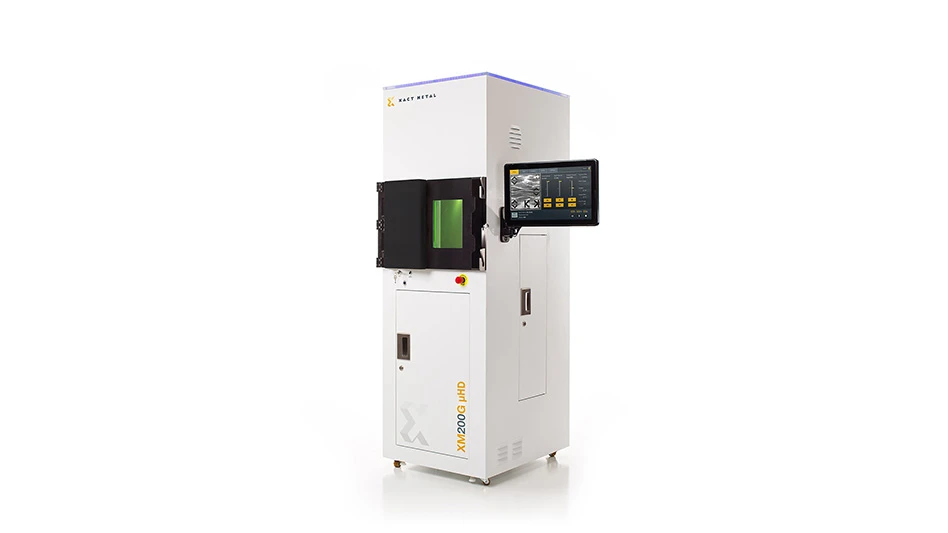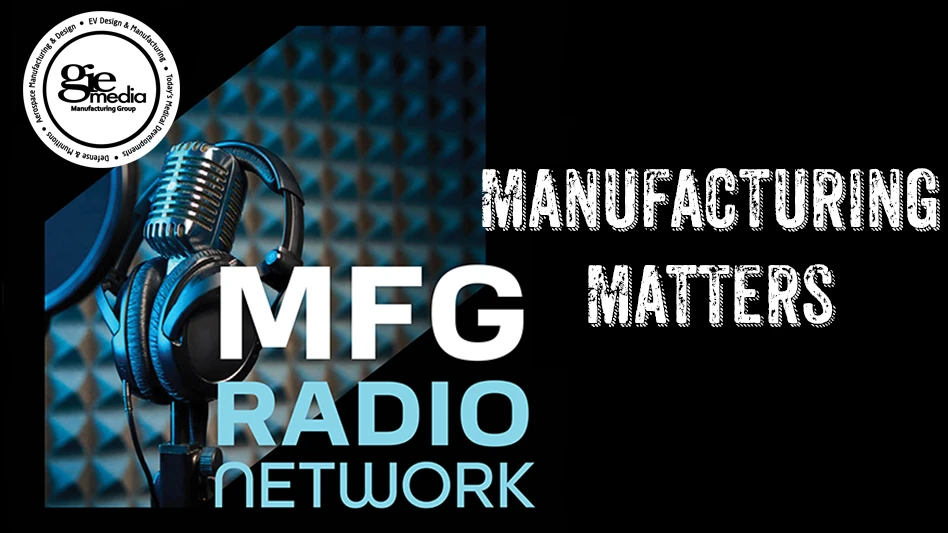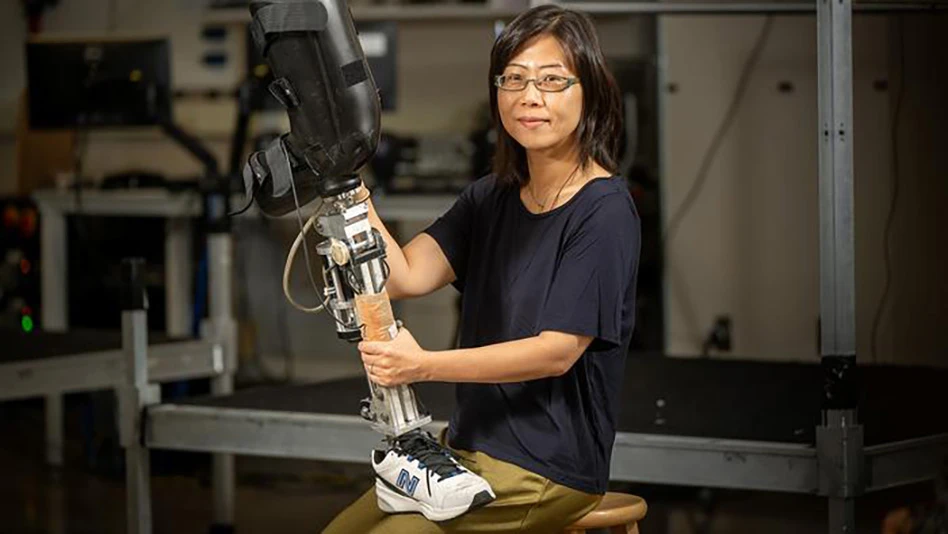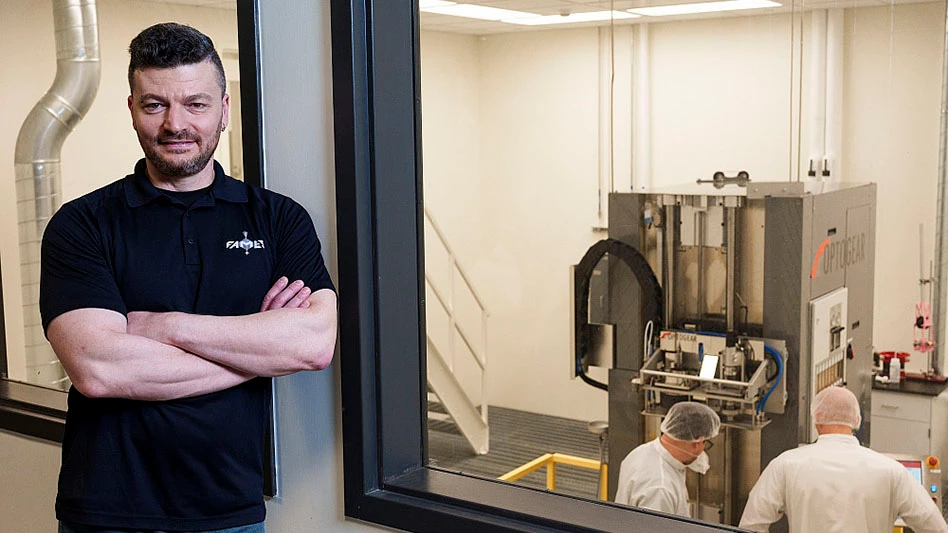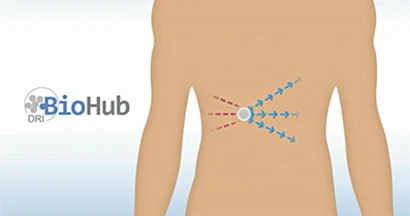
The BioHub - in research and development by the Diabetes Research Institute (DRI) - is a bioengineered “mini organ” that mimics the native pancreas. It contains real insulin-producing cells that can sense blood sugar and release the precise amount of insulin needed – in real time.
To the millions living with diabetes, the BioHub brings the promise of natural insulin production and normal blood sugar levels one step closer to reality.
Watch a video on the research and development of the BioHub.
Building on Success
In type 1 diabetes, the immune system mistakenly destroys insulin-producing “islet” cells in the pancreas. The DRI’s focus is to develop a biological cure by replacing those cells.
In clinical trials, our scientists have transplanted islet cells from donor organs into patients with long-standing type 1 diabetes. As a result, recipients achieve insulin independence. Some patients continue to be insulin free for more than a decade after the transplant.
“The BioHub gives us a tool to combine all we’ve learned through the years of clinical testing and take the next leap forward. I am confident that this approach could move cellular therapies and biological replacement strategies for the cure of diabetes to our final goal,” says Camillo Ricordi, M.D., Stacy Joy Goodman professor of surgery and director, Diabetes Research Institute.
However, islet transplantation has been limited to only the most severe cases of diabetes. Several challenges must be overcome before this strategy can be offered to all who can benefit.
The existing hurdles include:
- Supply – the need for more insulin-producing cells for transplant
- Sustainability – the need for the recipient to accept the cells long-term, without the need for anti-rejection drugs
- Site – the identification of an optimal site within the body to house the new cells
Addressing the Challenges
The BioHub platform addresses these challenges by drawing on recent developments in bioengineering, immunology, and decades of transplantation expertise.
Prior to their destruction by the immune system in type 1 diabetes, healthy islets thrive inside the pancreas, where they have sufficient oxygen, adequate space, and all the nutrients needed to perform the demanding job of normalizing blood sugar levels.
The BioHub attempts to closely replicate the cells’ natural environment and allows scientists to fine-tune these cellular needs within the transplant site as never before.
“The development of a mini organ would mimic the native pancreas and restore the natural metabolic function of insulin release in immediate response to blood sugar levels-something currently unavailable to patients with diabetes,” notes Jay Skyler, M.D., deputy director of clinical research and academic programs, Diabetes Research Institute.
Among the platforms being tested for a BioHub is a porous, sponge-like material approximately the size of a quarter that is compatible with the human body. Islet cells are gently seeded on this protective platform, allowing cells to nestle within the individual pores.
Researchers are also testing the use of more natural containers, such as a patient’s own vein, that can be tied off to create a “venous sac" complete with its own pre-existing vascular supply.
Enhancing the Environment
In addition to housing transplanted insulin-producing cells, a BioHub will also allow scientists to enhance the immediate transplant environment with additional oxygen, specific types of “helper” cells, or other agents to promote the cells’ long-term survival and function.
“If we can identify an optimal place within the body to place a BioHub, then I believe this disease is totally reversible, which has been the DRI’s ultimate goal since our inception,” comments Luca Inverardi, M.D., deputy director of translational research, Diabetes Research Institute.
Additionally, a BioHub platform can be used to house not just islets, but any future insulin-producing cell type that scientists create.
The components that comprise the BioHub are in various stages of development and testing, with pre-clinical trials currently underway.
Want to know more? Read the BioHub FAQ.
Latest from Today's Medical Developments
- GrindingHub Americas launches in 2027 in Cincinnati, Ohio
- Methods Machine Tools now offers the Nakamura-Tome NT-Flex
- Battelle awards $900,000 in STEM education grants to Ohio schools
- #55 Lunch + Learn Podcast with KINEXON
- Starrett and Gerstner offer limited edition, American made 1950s replica wooden machinist tool chests
- EMCO’s UNIVERSALTURN 50: The new benchmark in universal turning
- Archetype's Expertise for Equity accelerates early-stage innovation
- Stratasys expands its AM solutions with Tritone's cutting-edge technology
